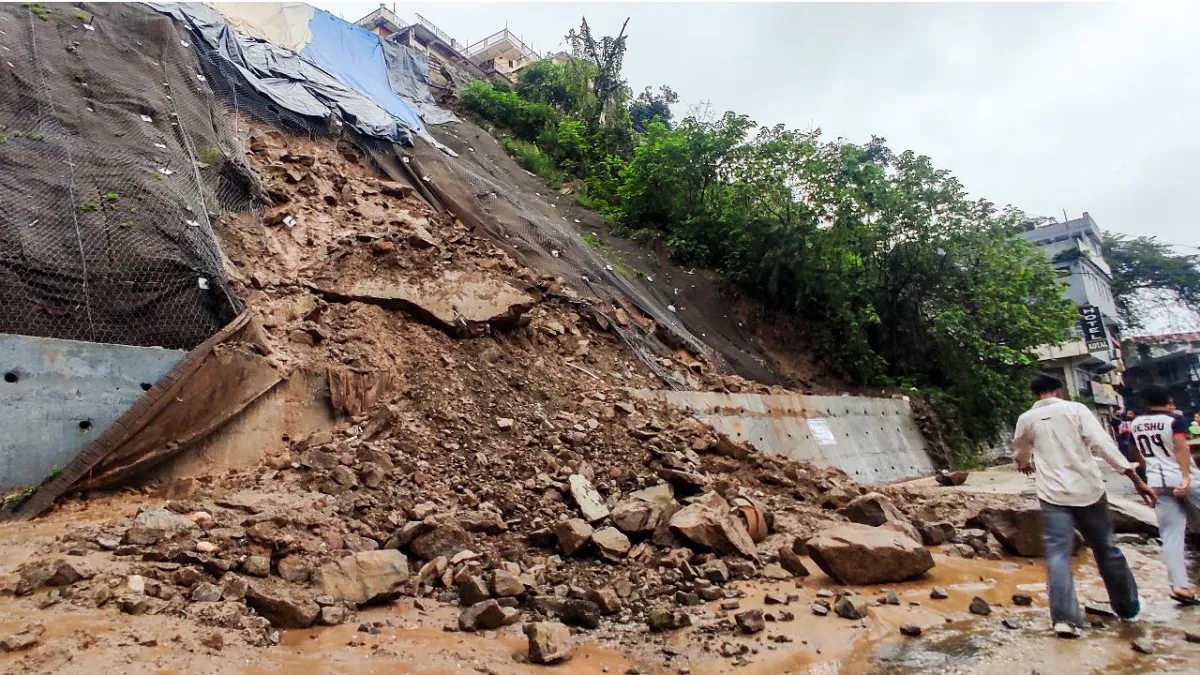When the monsoon lashed through northern India in July 2025, Himachal Pradesh was at the receiving end of nature's fury. What started as pre-monsoon showers soon turned into a humanitarian and infrastructural disaster, with cloudbursts, flash floods, and landslides ravaging the hill state.
A State on Red Alert
The India Meteorological Department (IMD) had declared a red alert for 10 districts, namely Mandi, Shimla, and Kullu. In a period of 11 days, more than 50 people lost their lives, and dozens were reported missing. The Beas River and its tributaries overflowed beyond danger levels, inundating villages and carrying away homes, vehicles, and livelihoods.
Ruin of Infrastructure
More than 400 roads were blocked, including the vital Mandi-Manali highway and the Shimla-Kalka railway line. Power outages affected thousands, with over 1,500 transformers and 170 water supply schemes rendered non-functional. The iconic Shimla-Kalka heritage railway was temporarily suspended after landslides damaged the tracks.
Lives Disrupted, Homes Destroyed
Whole communities have been displaced. In Megli village in Karsog, floodwaters overflowed embankments, destroying houses and sweeping away cars. At Dharampur, the Beas River swelled to almost 20 feet above its normal level, flooding bus stands and markets. The psychological damage is incalculable, with families bereaved and suffering over lost loved ones and destroyed homes.
Government Response and Resilience
Chief Minister Sukhvinder Singh Sukhu reassured the public that relief operations were in progress, with constant monitoring and coordination between local agencies and disaster response teams. Affected school districts were shut down, and people were advised to stay at home and avoid movement and follow safety guidelines.
A Wake-Up Call
This monsoon chaos is not just a seasonal freak—it's a grim reminder of the vulnerability of mountain ecosystems to climate change and uncontrolled development. While Himachal is rebuilding, the priority needs to shift to sustainable infrastructure, early warning systems, and conservation of the ecosystem.




Comments
Post a Comment